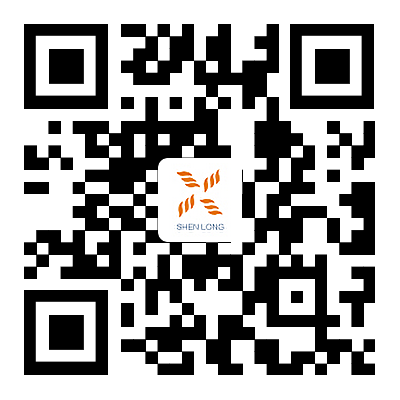
Specific usage of ropes and cables
Release time:
2020-03-03
Ropes and cables are mainly used in fields such as ship equipment, fishing, port loading and unloading, power construction, oil exploration, national defense and military industry, and sports equipment. Its structure is divided into three strands, eight strands, and twelve strands of rope cables. The products are widely used and have the characteristics of high strength, low elongation, wear resistance, softness and smoothness, and easy operation. Precautions for the use of ropes and cables: Before each use, carefully check the marking, label insertion, and eye of the rope to see if there are any damaged parts such as cuts, broken strands, broken wires, and kinks. If there are no abnormalities or defects, the rope can be used normally; When unfolding the rope, the rope should be released from the end of the rope inside the loop, and the rope should be released counterclockwise.
Ropes and cables are mainly used in fields such as ship equipment, fishing, port loading and unloading, power construction, oil exploration, national defense and military industry, and sports equipment. Its structure is divided into three strands, eight strands, and twelve strands of rope cables. The products are widely used and have the characteristics of high strength, low elongation, wear resistance, softness and smoothness, and easy operation. Precautions for the use of ropes and cables: Before each use, carefully check the marking, label insertion, and eye of the rope to see if there are any damaged parts such as cuts, broken strands, broken wires, and kinks. If there are no abnormalities or defects, the rope can be used normally; When unfolding the rope, the rope should be released from the end of the rope inside the loop, and the rope should be released counterclockwise. If the rope is unfolded counterclockwise, it will kink. If a kink occurs, the rope should be put back into the loop, flipped over, and then pulled out from the center. A better method is to unfold the rope on a turntable, where the rope can be pulled out from the outer end of the rope. If a person stands under an excessively tensioned rope, there will be danger. Once the rope loses control, it will generate a huge tensile rebound, which is likely to cause casualties. If the rope is unfolded from the rope shaft, the rope shaft itself should rotate freely. This can be easily achieved by passing a pipe through the center of the rope shaft, but it is prohibited to lay the rope shaft vertically to unfold the rope; If the rope is unfolded from the pulley device, the ratio of the diameter D of the pulley to the diameter d of the rope should exceed 5, but for some high-performance fiber ropes, the ratio can reach 20. For ropes, it is recommended that the diameter of the pulley groove be 10% -15% larger than the diameter of the rope. If the arc of the rope in contact with the pulley groove is 150 degrees, the rope can achieve a better stress state. The height of the pulley flange should be at least 1.5 times the rope diameter to prevent the rope from running out of the pulley. In addition, the pulley should be regularly inspected and the bearings should be regularly maintained to ensure smooth rotation of the pulley. The rope should be scrapped or discontinued in the following situations: obvious burning or melting of the rope; When the linear distance is equal to the length of the rope, the surface yarn or strand volume decreases by 10%; Rope leakage in extreme temperature environments beyond the range; Degradation due to UV exposure, resulting in fragmented surface of the rope yarn; The rope appears in severely damaged areas of hot melting, hardening, and flattening; The number of rope yarns affected by melting or fusion exceeds 20%. The number of rope yarns affected by melting or fusion exceeds 20%. The number of rope yarns affected by melting or fusion exceeds 20%.
Related News
Tel: 86-13962743911
Fax: 86-513-86452942
E-mail: tongzhoushenlong@126.com
Address: Erjia Town, Tongzhou District, Nantong City, Jiangsu Province

Mobile Version
Copyright © 2023 Nantong Shenlong String & Belt Co.,Ltd.


